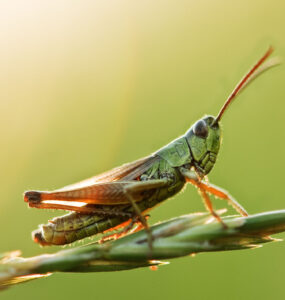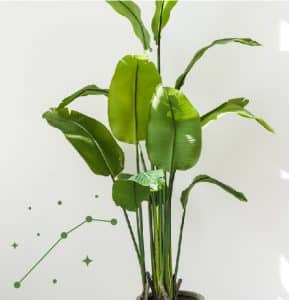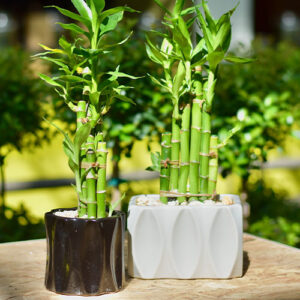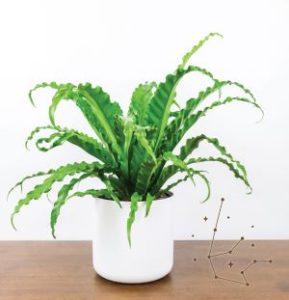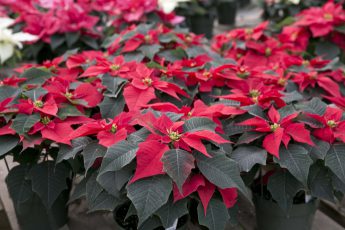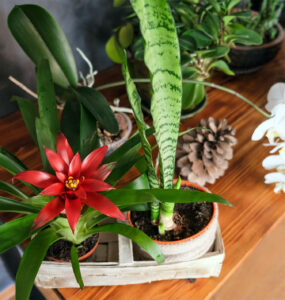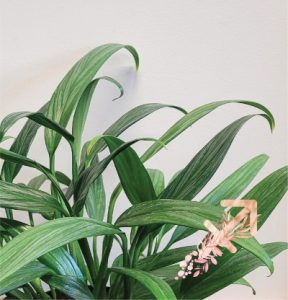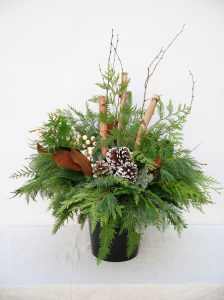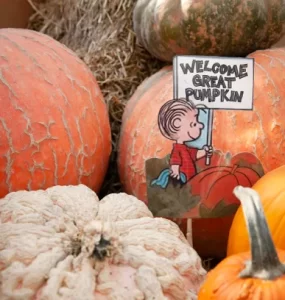Dutch Elm Disease
by Rob Sproule
A lot of people don’t think of plant diseases as having the ability to be devastating on a global scale. Dutch Elm Disease (DED) proves them wrong. In the last century, DED has devastated rural and urban forests across the Northern hemisphere and forced us to dramatically re-think our approach to urban forestry, pest management, and conservation.
Originating in Central Asia, the mighty elm is one of the world’s most versatile and stately trees. The Persians were the first to prune elms and use them ornamentally, and in the 19th century, as Europeans began investing in parks, urban forests, and boulevard trees, the elm became ubiquitous in cities everywhere.
A Brief History
Sometime during WWI, European elms started dying. People didn’t know why at first, with many blaming traces of nerve gas from the far away Western Front. In 1921, a Dutch scientist named Bea Schwartz isolated a fungus from the wood of dying elms. It was Ophiostoma ulma, and acquired the common name of Dutch Elm Disease.
Around 1931 an Ohio based furniture company imported infected elm wood from France and DED had its North American beachhead. It arrived in Eastern Canada during WWII, and has since spread to almost every province.
In its native Asia, elms had developed a natural immunity to DED. European and American elms, however, had never been exposed. The impact of the disease on cities lined with hundreds of thousands of aging elms was devastating. The U.K. has lost more than 25 million trees and France has lost 90% of its elm forest. In North America, its killed about 75% of our estimated 77 million pre-DED elms.
Proudly, Alberta has the largest populations of healthy elms in the world, with over 200,000 trees (worth over $600 million), in our urban areas. Even with frequent elm beetle sightings across the province, the only confirmed case of DED was a tree in Wainwright in 1998, which was immediately destroyed.
What Is It?
Similar to diseases like the bubonic plague, which relies on rats to transmit, the fungus DED relies on the elm bark beetle to spread. Bark beetles (a group which includes the mountain pine beetle ravaging Western North America).
They’re called bark beetles because they reproduce inside trees’ inner bark. Because the beetles are carriers, efforts to prevent and/or contain DED are largely focused around tracking and eradicating the beetles.
Spotting It
The first visible signs of DED appear in late June to mid July, when you’ll notice leaves on one or more branches wilting. They will turn brown throughout the summer but will remain on the tree. Later in the summer, infected trees’ leaves will yellow and fall off earlier than they naturally should.
It’s tougher to find the beetles, which is why inspectors often use yellow sticky strips to trap them. Given their small size (5 mm long), their entry holes into the tree are tiny. Watch for trace amount of sawdust caught in the bark or around the base of the tree. If you strip the outer bark away from an infected tree, you’ll find meandering “galleries” of tunnels that the beetles have chewed through.
Controlling It
Like most diseases, prevention is the best defense, followed by early detection. If you believe you have an infected tree, contact your municipality so that they act quickly to stop the disease in its tracks.
The best weapon that municipalities have against the beetle is a chemical called Dursban, which is controversial enough to be banned for household use. Consistent applications can extend a tree’s life but, unfortunately, often even that won’t save it in the long term.
It’s important to never prune an elm tree during the growing season (from March to October). During this time, the running sap in open wounds make the tree more vulnerable to opportunistic elm bark beetles. The City of Edmonton takes this seriously, and will fine people who prune elms during the growing season.
Scientists around the world are busy hybridizing and cloning DED resistant strains of elm, but while the dream of creating a new generation of healthy urban elms lives on, the fungus has a history of adapting itself into ever more virulent strains. It’s a worldwide arms race that shows no sign of slowing down.
–
Related Articles
Your Pruning Calendar
Tips for Yard Renovations
Fall Tree Planting




